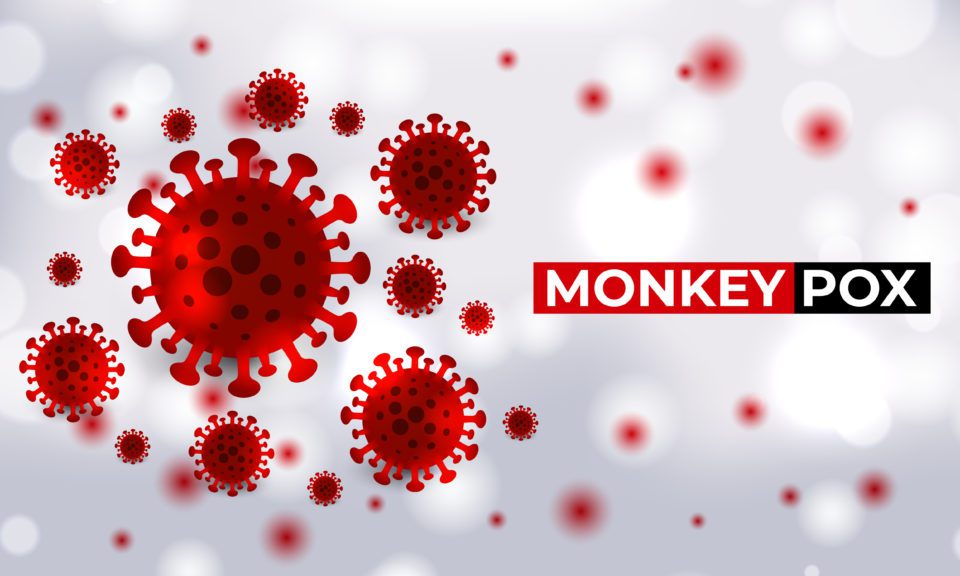


After two years of the COVID-19 pandemic, a new virus is showing up in the United States. The outbreak of this monkeypox virus has recently been declared a national public health emergency in the United States. We are closely following this virus and want to bring awareness as well as supply new information about it to our community.
What is Monkeypox?
The monkeypox virus is part of the same family as the virus that causes smallpox. Monkeypox is not related to the chickenpox virus. Prior to the 2022 outbreak, this rare disease had been reported in people in several central and western African countries. Previously, almost all cases had been linked to international travel to countries where the disease was reported or through imported animals. Monkeypox has now been diagnosed in all 50 states and continues to spread.
Signs & Symptoms
The most common and visible sign of monkeypox is a rash that looks like pimples or blisters that are painful and itchy. The rash goes through several stages, including scabs, before healing. The symptoms typically start within 3 weeks of exposure and can take another 2 to 3 weeks to fully heal. From the start of symptoms until the rash is fully healed, the virus can be spread to other people. Some main methods of transmission are via close contact or sharing fabrics (clothing, bedding, towels) of an infected person. To get a confirmed diagnosis, testing is available in commercial labs across the country with a capacity to test over 80,000 samples per week.
Other symptoms of monkeypox include:
- Fever
- Chills
- Swollen lymph nodes
- Muscle aches, back aches, and headaches
- Exhaustion
- Sore throat, congestion, and coughing
Monkeypox Prevention
Take the following steps to lessen your chances of getting monkeypox:
- Avoid close, skin-to-skin contact with people who have a rash that looks like monkeypox
- Avoid contact with objects and materials that a person with monkeypox has used
- Wash your hands often
Vaccination
The CDC recommends vaccination for people who have been exposed to monkeypox and people who may be more likely to get monkeypox. The preferred vaccine to protect against monkeypox is Jynneos, a two-dose vaccine that requires 4 weeks in between doses. It takes 14 days after getting the second dose for its immune protection to reach its maximum. Currently, the supply of Jynneos is limited, although more is expected in the coming weeks and months. If you suspect that you have monkeypox or are at an increased risk to contact the virus, contact your health provider or local health department to find vaccine availability in your area.
Treatment for Monkeypox
Although there is no treatment approved specifically for Monkeypox, antivirals that have been developed for smallpox may prove to be beneficial. Post-exposure protection may include the use of vaccines within 4 days of exposure to prevent an outbreak or 5-14 days after exposure to decrease the severity. The antiviral tecovirimat (Tpoxx) may be recommended for people who are more likely to get severely ill, like patients with weakened immune systems. If you have symptoms of monkeypox, you should talk to your healthcare provider, even if you don’t think you had contact with someone who has the virus.
Most people with monkeypox recover fully within 2 to 4 weeks without the need for medical treatment.
We have seen a huge rise in cases over the last month so we urge everyone to stay safe and diligent to prevent this outbreak from getting even bigger. It is important to isolate an infected person as well as avoid close contact and sexual activity with them.
We will continue to update you as needed, in the meantime, please visit the Centers for Disease Control and Prevention for more information.

